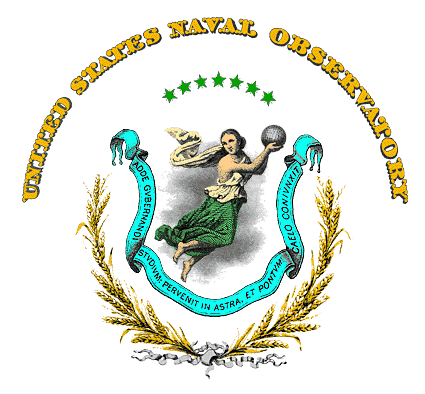|
USNO CCD Astrograph Catalog
The USNO CCD Astrograph Catalog (UCAC) is an astrometric star catalog of the United States Naval Observatory. UCAC-1 The first preliminary edition, published in March 2000, gives the positions and proper motions of over 27 million stars in the southern hemisphere in the brightness range 8-16. UCAC-2 The second issue was the IAU published General Assembly in Sydney (2003) and includes positions and proper motions of about 50 million stars. UCAC-3 The third edition was published in the IAU General Assembly in Rio (August 2009). UCAC-4 The fourth edition was published in August 2012. Since Spring 2015, the successor URAT is available. UCAC-5 The fifth edition was published in February 2017. References External linksUCAC home page Astronomical catalogues of stars {{astronomical-catalogue-stub ... [...More Info...] [...Related Items...] OR: [Wikipedia] [Google] [Baidu] |
Star Catalog
A star catalogue is an astronomical catalogue that lists stars. In astronomy, many stars are referred to simply by catalogue numbers. There are a great many different star catalogues which have been produced for different purposes over the years, and this article covers only some of the more frequently quoted ones. Star catalogues were compiled by many different ancient people, including the Babylonians, Greeks, Chinese, Persians, and Arabs. They were sometimes accompanied by a star chart for illustration. Most modern catalogues are available in electronic format and can be freely downloaded from space agencies' data centres. The largest is being compiled from the spacecraft Gaia and thus far has over a billion stars. Completeness and accuracy are described by the faintest limiting magnitude V (largest number) and the accuracy of the positions. Historical catalogues Ancient Near East From their existing records, it is known that the ancient Egyptians recorded the names of ... [...More Info...] [...Related Items...] OR: [Wikipedia] [Google] [Baidu] |
United States Naval Observatory
United States Naval Observatory (USNO) is a scientific and military facility that produces geopositioning, navigation and timekeeping data for the United States Navy and the United States Department of Defense. Established in 1830 as the Depot of Charts and Instruments, it is one of the oldest scientific agencies in the United States, and remains the country's leading authority for astronomical and timing data for all purposes. The observatory is located in Northwest Washington, D.C. at the northwestern end of Embassy Row. It is among the few pre-20th century astronomical observatories located in an urban area; initially located in Foggy Bottom near the city's center, it was relocated to its current location in 1893 to escape light pollution. The USNO has conducted significant scientific studies throughout its history, including measuring the speed of light, observing solar eclipses, and discovering the moons of Mars. Its achievements including providing data for the first ra ... [...More Info...] [...Related Items...] OR: [Wikipedia] [Google] [Baidu] |

